Each IoTplot package offers several reports based on the available features. Reports allow you to summarize the activity of your fleet and are especially useful for managers and decision makers. They can be adjusted to provide the details you need, and scheduled so that you receive them in your inbox daily, without having to log into the system. They can also be run only on a certain group of vehicles, so that you get information on only the vehicles under your watch. Depending on your biling plan, you may also be able to request a custom report based on your specific needs, or a particular IoT device/sensor.
The reports module helps to monitor, among other things, the following activities and parameters:
-
-
- movement of vehicles (trips, stops, parking);
- visits to certain sections on the map (geofences or points of interest) or points along a planned route;
- statistics on mileage, number of engine hours, and sensor readings from vehicles and connected inputs;
- analysis of data on fuel consumption, detection of potential fuel thefts;
- driving style, detection of speeding and other violations by the driver;
- recording working hours of drivers, boarding and disembarking passengers from a vehicle, checking in/out workers on your job site;
- maintenance intervals and the cost of utilization and maintaining the fleet;
-
The flexibility of report settings allows you to adapt them to different requirements. The main features of making a report are listed below.
-
-
- Reports can be executed for different system objects: a unit, a group of units, a driver, a group of drivers, a user, a geofence, etc.
- Reports may include tables, charts, statistics, a map with tracks marked on it and markers of stops, gas fills and other actions with the unit.
- Reports are stored as templates, and the list is determined by your subscription plan. The templates contain all the report’s components (tables, charts) and settings.
- Completed reports can be viewed online, saved to files of various formats, or printed.
- You can automate the execution of reports and schedule them to be sent automatically by email using jobs.
-
Report layout
